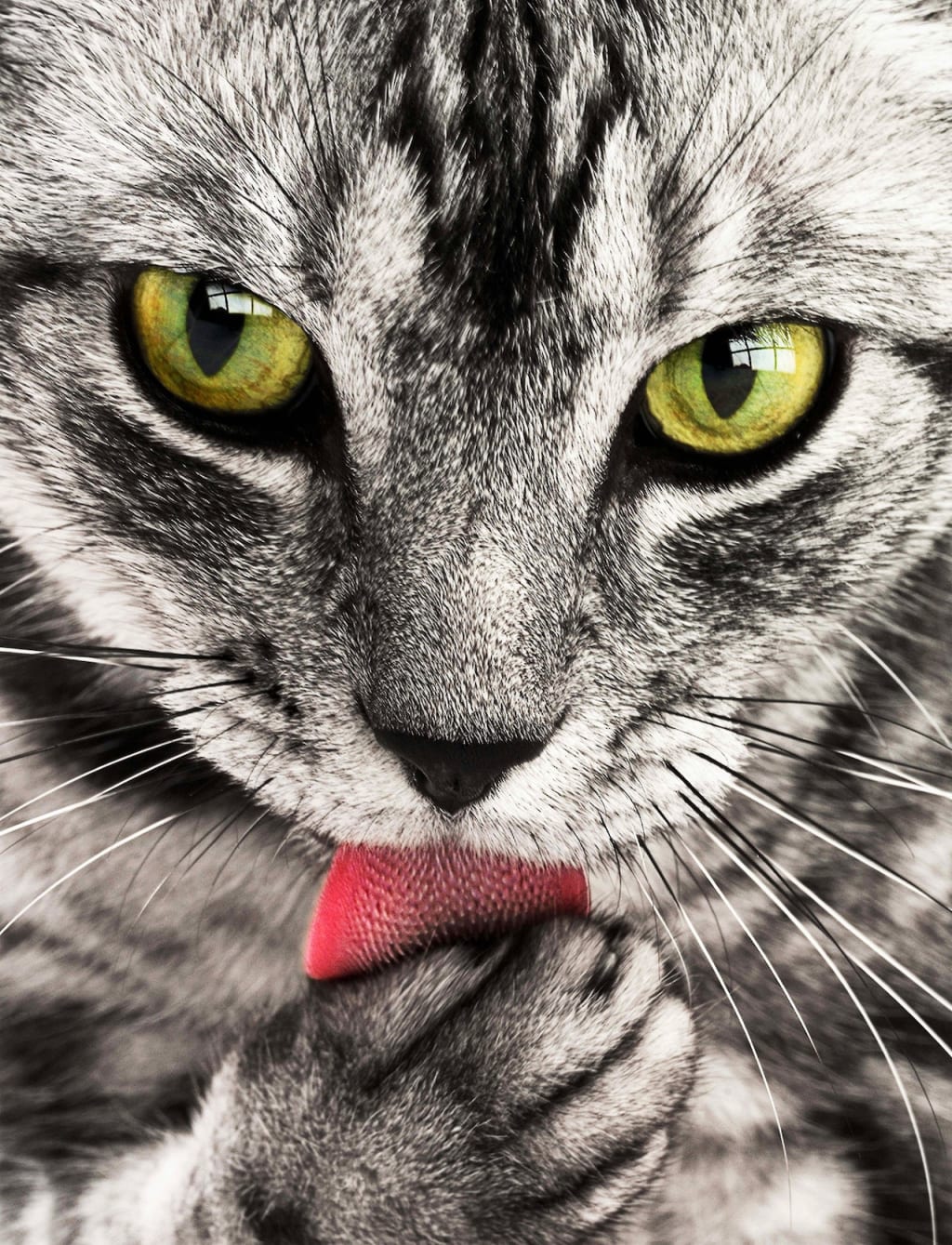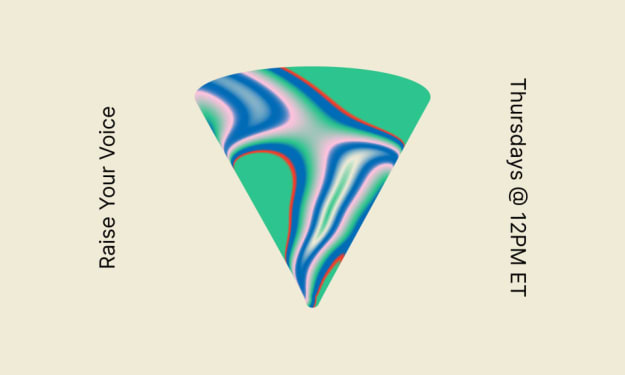Windows to the Soul
The Fascinating World of Animal Pupils

When you gaze into the eyes of different animals, you'll encounter a mesmerizing array of pupil shapes. But why do they vary so drastically? It turns out that pupil shape serves as a remarkable indicator of an animal's role in its ecosystem. Pupils are the openings in the iris, the pigmented band of muscle in the eye. They act as portals through which light enters, striking the retina and initiating the process of vision. While pupils change size in response to brightness and other factors, their fundamental forms differ significantly among species.
Take house cats, for instance. These twilight hunters possess vertically elongated pupils that expand dramatically in darkness, maximizing the intake of available light. When exposed to bright conditions, their pupils contract into narrow slits. In fact, cat pupils are astonishingly adaptable, capable of expanding up to 135 times their minimum area, compared to our pupils, which only shrink and expand 15-fold. The unique slit shape of their pupils enhances their ability to perceive vertical contours, aiding in the precise estimation of target distance.
Interestingly, many other ambush hunters also possess vertically elongated pupils, particularly those whose eyes are closer to the ground. These pupils prove particularly advantageous for perceiving objects at short distances, which aligns with the hunting behaviors of these animals. In contrast, grazing and browsing animals like goats possess horizontally elongated pupils positioned on the sides of their heads. This configuration grants them a near-360-degree panoramic view, with horizontal bands of light providing sharp, wide-ranging images. Goats can detect any disruptions to the horizon, alerting them to potential predators, while simultaneously allowing them to maintain focus ahead and navigate obstacles during escape. Remarkably, goats continuously align their pupils with the horizon, rotating their eyeballs as they move their heads up and down.
Nocturnal geckos exhibit pupils that contract into slits studded with pinholes when exposed to brighter light. Each pinhole projects a distinct, sharp image onto the gecko's retina. Scientists believe that comparing these separate inputs aids the gecko in judging distance without needing to move. Additionally, insects and crustaceans like mantises possess "pseudopupils," which are optical illusions experienced by observers. Mantises have compound eyes comprised of numerous light-sensing units. When some of these units align towards an observer, they appear black because they absorb most incoming wavelengths of light. However, there is no actual opening involved.
Now, why do humans have round pupils? While elongated pupils sharpen specific dimensions of vision, scientists posit that for species like us with circular pupils, this priority is relatively lower. Instead of focusing intensely on particular elements, we excel at perceiving the broader picture in relative detail. This ability enhances our general observational skills, proving especially valuable for foragers searching for food, hunters tracking and pursuing prey, and social animals recognizing familiar faces.
As we explore the diverse range of pupil shapes, intriguing patterns emerge. However, exceptions exist as well. For instance, both Pallas's cats and mongooses are small ambush predators. Yet, while Pallas's cats possess round pupils, mongooses exhibit goat-like pupils. It's important to note that the examples mentioned only scratch the surface of the intricate world of pupil shapes. Other animals boast crescent- or heart-shaped pupils, and the cuttlefish showcases one of the most extraordinary cases—they possess circular pupils in darkness, but their pupils assume a distinctive W-shape in the light.
In the end, the secrets behind these varied pupil shapes continue to intrigue us. The eyes truly are the windows to the soul, revealing remarkable adaptations and providing glimpses into the unique lives and environments of animals.
Henrik Leandro
About the Creator
Henrik Leandro Laukholm Solli
Free thinker, traveler and humanist <3






Comments
There are no comments for this story
Be the first to respond and start the conversation.